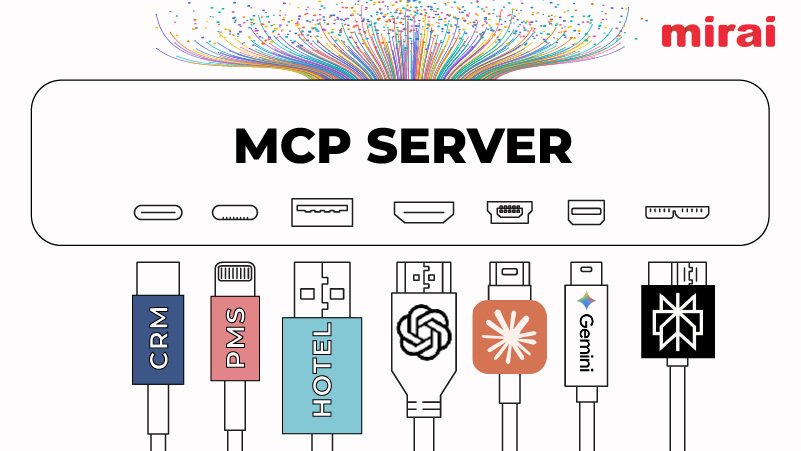
Why rate inconsistency will affect your direct booking strategy and ways to stay on top of the game of dynamic pricing by OTAs.
NB: This is an article from 123Compare
Subscribe to our weekly newsletter and stay up to date
In today’s hyper-competitive hotel distribution landscape, ensuring rate integrity across all channels is critical.
In the April edition of our World Parity Report, industry room rate behaviour reveals higher prices and increasingly complex distribution channels can trigger aggressive responses from online travel agencies (OTAs), especially those outside the major distribution groups.
This rate behaviour undermines the competitiveness of the hotel’s direct channel – particularly for independent properties – and highlights the need for real-time strategies to protect pricing integrity and direct conversion potential.
Why It Matters Now
As hotels face increasing pressure to optimise profitability while navigating complex distribution ecosystems, the ability to defend direct pricing becomes a strategic necessity.
According to the World Parity Report, independent hotels that price themselves more than 40% above the average rate in their local market face significant risks. Their “Lose Rate” – the frequency with which OTAs display lower prices than the hotel’s own website – reaches 34% with major OTAs such as Booking.com and Expedia, and climbs above 40% with smaller OTAs. In other words, positioning in the highest price tier often triggers immediate undercutting by third party sellers, weakening the hotel’s direct channel competitiveness.
Understanding the Challenge
OTAs remain a valuable acquisition tool – but they also represent the biggest threat to rate parity. When OTAs display lower prices than the hotel’s own website, direct bookings suffer. Worse, even a slight disparity can lead to the perception that booking direct is not worthwhile. This is especially problematic when metasearch engines amplify these differences and display the OTA rate more prominently.
Such pricing gaps not only erode the hotel’s credibility but also undermine the ‘billboard effect’ – where users discover a hotel via OTAs or metasearch platforms, then visit the hotel website to book directly. That visit often results in a direct booking – but only if the rate is competitive.
Real-Time Price Matching as a Solution
To address this problem, hotels can present bookers with Price Match, a real-time price equalization feature integrated into the hotel’s booking engine. Its role is simple yet powerful: when a user searches for a stay on the hotel website, Price Match simultaneously scans OTA and metasearch rates. If a lower price is detected elsewhere, the direct rate is automatically adjusted – ensuring that the hotel remains competitive in real time.
This protects direct channel integrity at a critical point in the customer journey: the moment of booking.




